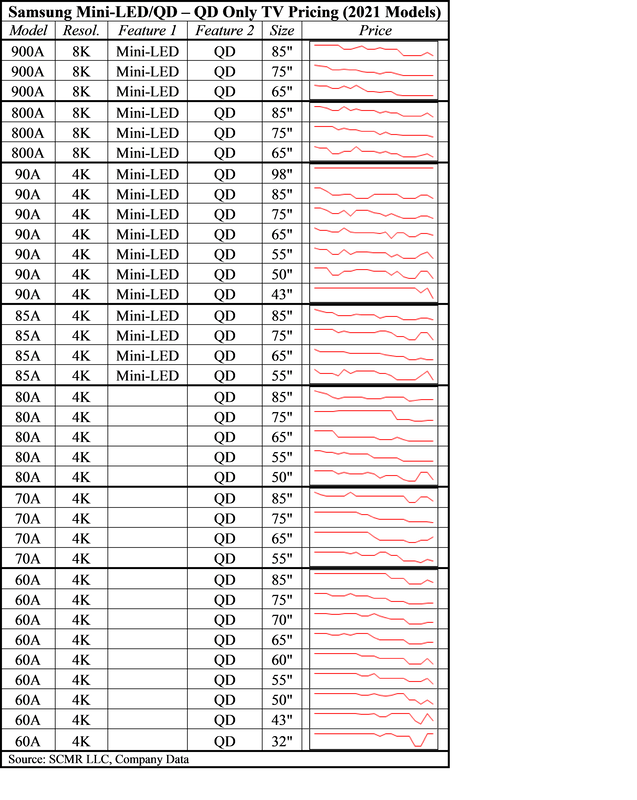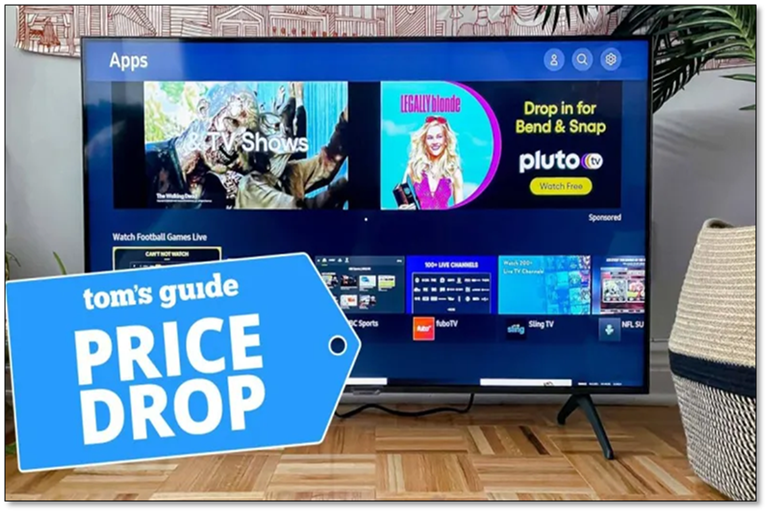Mini-LEDs – Too Few or Too Many?
So logic holds that both LCD display manufacturers and LED producers would be interested in developing the necessary infrastructure to produce Mini-LED backlight solutions, and to make Mini-LED technology even more attractive, it does not require new process manufacturing, but there are some issues that have to be solved and the most important is cost. Given that there are more LEDs in Mini-LED backlights than in existing display backlight types, and that handling progressively smaller LEDs is more challenging, we find that currently Mini-LED backlights are typically used for high-end TVs or smaller displays that are oriented toward video production or graphics where color and contrast are influential factors.
It takes a bit more expertise and more specialized equipment to produce Mini-LED backlight arrays and given the early stage of adoption, it becomes a typical consumer electronics chicken & egg scenario where the high cost limits adoption and the limited adoption holds back new capacity, but in this case that does not seem to be the way things are progressing. While adoption is still relatively low for Mini-LED backlights, there have been a number of LED manufacturers that have begun Mini-LED production and even more that have announced plans or are building dedicated Mini-LED capacity, particularly in China.
Announcements from Sanan (600703.CH), Qianzho Optoelectronics (300102.CH), HC Semitek (300323.CH), Jucan Optoelectronics (300708.CH), Shenzhen Ruifeng Optoelectronics (300241.CH), Nationstar Optoelectronics (002449.CH) and Jufei Optoelectronics (300303.CH), just to name a few, concerning projects to expand or initiate Mini-LED capacity have been made over that last few months and while much of this new capacity will not be viable until 2023, there are already concerns that the Mini-LED industry will be facing over-capacity relatively quickly, despite the fact that Mini-LED backlights are currently in short supply.
Questions remain as to whether Mini-LED production will repeat the last LED cycle where excess capacity drove intense price competition that spurred the elimination of a number of smaller LED manufacturers and the need for government subsidies to keep a number of larger Chinese LED manufacturer afloat. The good news is that while Mini-LED based displays are expensive currently, we expect that to change relatively quickly, which will increase adoption by CE brands and improve the overall quality of displays, while preserving the trillions of dollars’ worth of LCD infrastructure that has been made over the last 18 to 20 years. While price wars and over-capacity are not good for producers, consumers are the beneficiaries.







 RSS Feed
RSS Feed